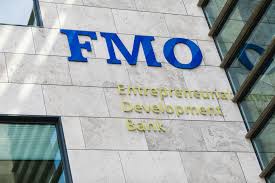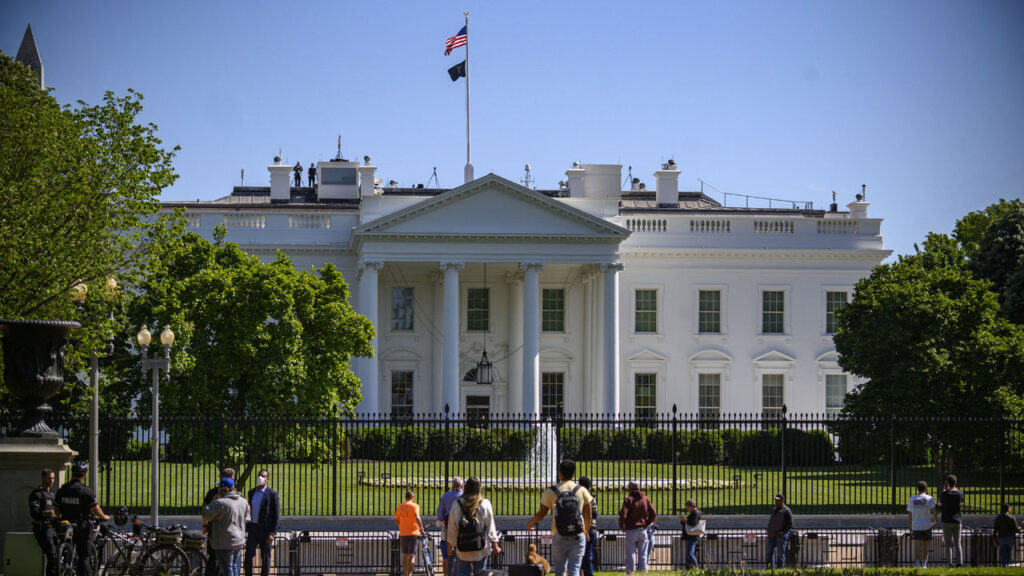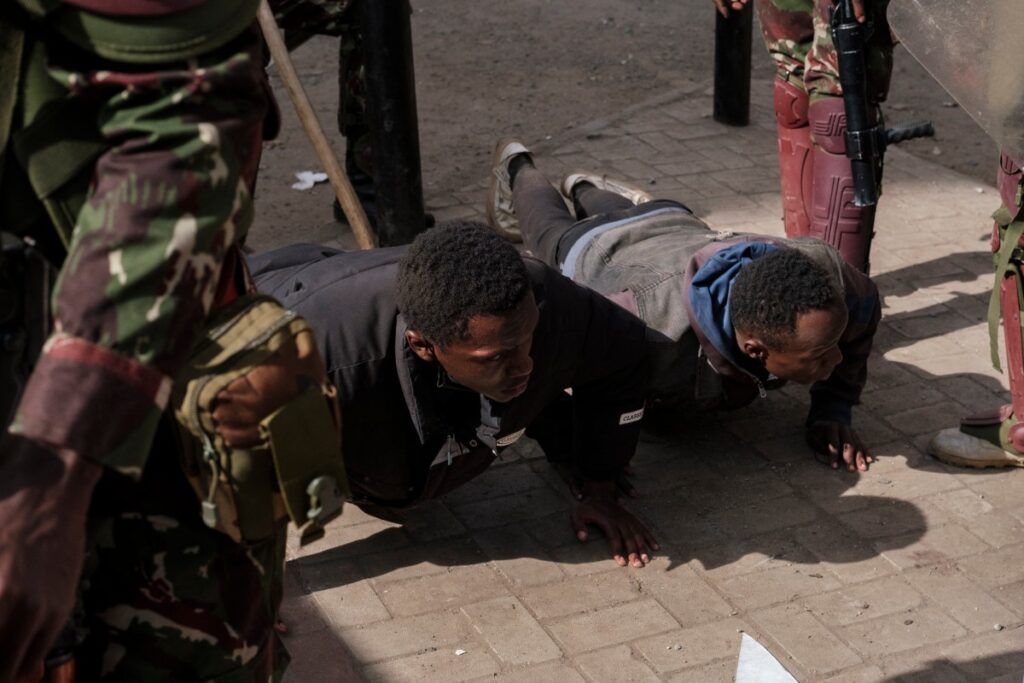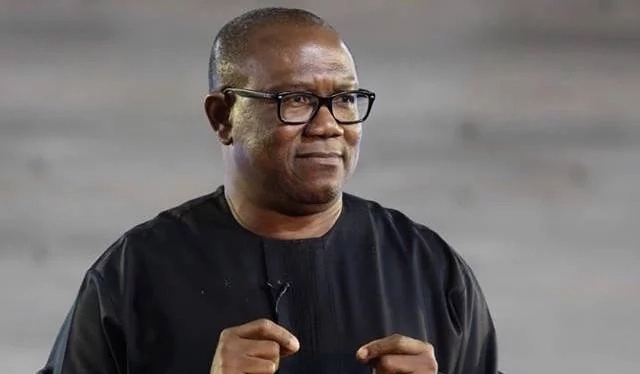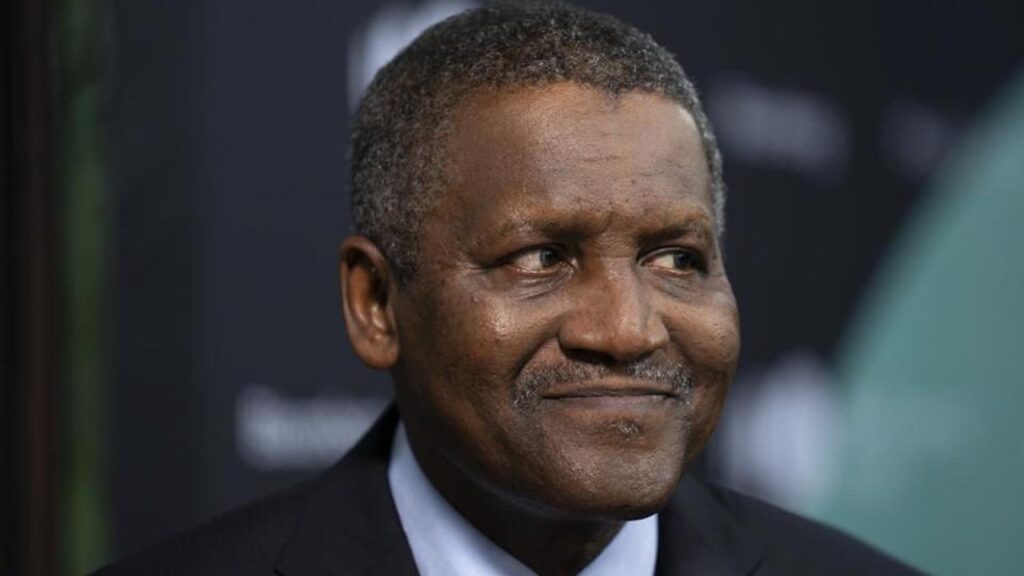Everything in human life has a beginning and an end, very simply because we begin and end – this simply explains the concept of life cycle.
Like every other thing in the human race, brands, whether personal brand or corporate brand, experience life cycle. When a product or brand enters the market, often unknown to the consumer, it has a life cycle that carries it from being new and useful to eventually being retired out of circulation in the market. This process happens continually – taking products from their beginning introduction stages all the way through their decline and eventual retirement. However, not all products reach this final stage. Some continue to grow and others rise and fall.
In this paper, I will be analyzing the professional careers of two individuals Bisade Ologunde aka Lagbaja and Richard Mofe-Damijo aka RMD) in the creative industry. I will be using their uniqueness to explain some marketing concepts.
This duo is skilled and well-recognized for their craft; coming from the hard work they have invested in their personal brands.
These two creatives are skilled and have put in so much work in the development of their craft and respective industries. The purpose of using Lagbaja and RMD as a case study is to explain the concepts of the product life cycle and drivers of brand equity in relatable terms.
The product life cycle is broken into four stages: introduction, growth, maturity, and decline, which explains the stages a product goes through from introduction to decline.
The drivers of brand equity such as brand awareness, perceived quality, innovation/differentiation, brand association, and brand loyalty help in identifying the value and power of a brand and determining its worth.
Tip: Read between the lines.
Brand Life Cycle – RMD vs Lagbaja
View a tabular analysis here
Richard Mofe-Damijo (RMD)
No alt text provided for this image
Introduction: RMD began his acting career in the late ‘80s with the soap opera titled Ripples. Moving on to the ‘90s, he played lead roles in films like Scores to Settle, Diamond Ring, Hostages, Freedom, and Out of Bounds (which he wrote and produced).
Growth – Maturity: He grew into the maturity stage in the 2000s. In the year 2003 alone, he featured in over 16 movies with other top actors in the industry. In the 2005 maiden edition of the Africa Movie Academy Awards.
Decline: RMD’s venture into politics from Nollywood between 2007 – 2013 was a stage of decline in his acting career. He rarely featured in movies during this period. Within this time frame, the industry became saturated with dynamic young talents.
The Rebirth – The new maturity stage: RMD launched back into the industry with the movie 30 Days on Atlanta – one of Nigeria’s highest-grossing movies. From then on, RMD has kept a classic brand, selectively featuring in top roles in the Nigerian movie industry.
Bisade Ologunde (Lagbaja)
No alt text provided for this image
Introduction: Lagbaja formed his first band in 1991, performing at various events around town. The year after, he released his first album titled The Colour Of Rhythm, which included classics such as My Favourite Things and Lilli Bolero.
Growth – Maturity: In the 2000s, Lagbaja’s brand grew into full limelight in what we can refer to as the maturity stage. His classic looks and brand were a household name at that time. His songs Konko below, Never far away, Skentele skontolo and more were anthems in mouths many people.
Decline: With the years going by, especially from the early 2010s, Lagbaja’s music became more socially conscious and less appealing to the younger generations. His last album 200 Million Mumu (The Biiter Truth) was released in 2012 to highlight the social ills in the country. Since then, he has released fewer songs and he occasionally performs in both local and international concerts.
Key Drivers of Brand Equity – RMD vs Lagbaja
No alt text provided for this image
Brand Awareness: Both Lagbaja and RMD have a top level of awareness and unaided recall in their respective industries and niches. Both are household names with unique styles that the audience can identify with easily.
Perceived quality: In their respective industries, both brands can be perceived as professionals. In his niche, RMD is and will forever be reverend as a Legend. Lagbaja, on the other hand, can be regarded as one of the living Kings of Afro-beat and alternative music after the likes of Fela, Victor Olaiya, Bobby Benson, and Shina Peters.
Innovation/Differentiation: Lagbaja has an advantage in terms of differentiation. His masked persona will place him in the history book of Nigeria (as the only Òpátàmèdù). His brand style is the first of its kind and still stands out even in his decline stage. RMD has brought an innovative touch to his brand, making it unique and classy. Interestingly, he has kept his brand afloat and top of mind even after a break from the industry.
Brand association: Both RMD and Lagbaja have positive brand associations with unique attributes that differentiate them from the crowd. Lagbaja has a masked persona that makes his audience to beg for more, while RMD has grown to be the “Denzel Washington” of Nigeria.
Brand Loyalty: RMD receives brand loyalty from a wider range of audiences i.e. from the older generations to even teenagers. Everyone wants to have a piece of RMD. Compared to RMD, Lagbaja has a strong loyal audience base, but this does not include many young people, especially those born after 2005.
How does this relate to your brand?
Every brand or product goes through a life cycle (introduction, growth, maturity, and decline). It is important to be aware of the current stage of your brand, while keeping in mind the key drivers of brand equity. Insights on this will aid you in developing the right strategy to stay relevant in your market and rise above your competitors.
Whether your personal brand or corporate brand is in the decline stage, you still have an opportunity to give it a rebirth. One of the ways I believe you can achieve this is by leveraging on your past wins, connecting with your target audience, and staying innovative.
Remember: Declining brands have an opportunity for a rebirth.
Is your brand on the decline phase? Are you tired of investing so much into marketing without results? Try out innovative solutions!
What innovative thoughts are you bringing to your brand this week?
Ologunde adopted the name Lágbájá (meaning ‘anonymous’ or ‘faceless one’ in Yoruba) as he embarked on his career in the early 90s. His name was reflected in his choice of stage attire – a slitted textile and rubber mask adopted so that the artist represented the ‘common man’ in keeping with the carnival tradition of his Yoruba tribe. He formed his first small band in 1991 in Lagos after he had taught himself to play the saxophone. With a high quotient of percussion instruments including congas and talking drums,[3] Lagbaja’s album We Before Me (IndigeDisc/PDSE), released in 2000, demanded honesty from politicians and urged brotherhood and unity. He shared lyrics of his songs with a backup singer, Ego Ihenacho, and equally plays tenor saxophone. With a firm, brawny tone akin to that of John Coltrane and Pharoah Sanders, he emblazoned the melodies of the songs, sometimes with Ego scat-singing along


